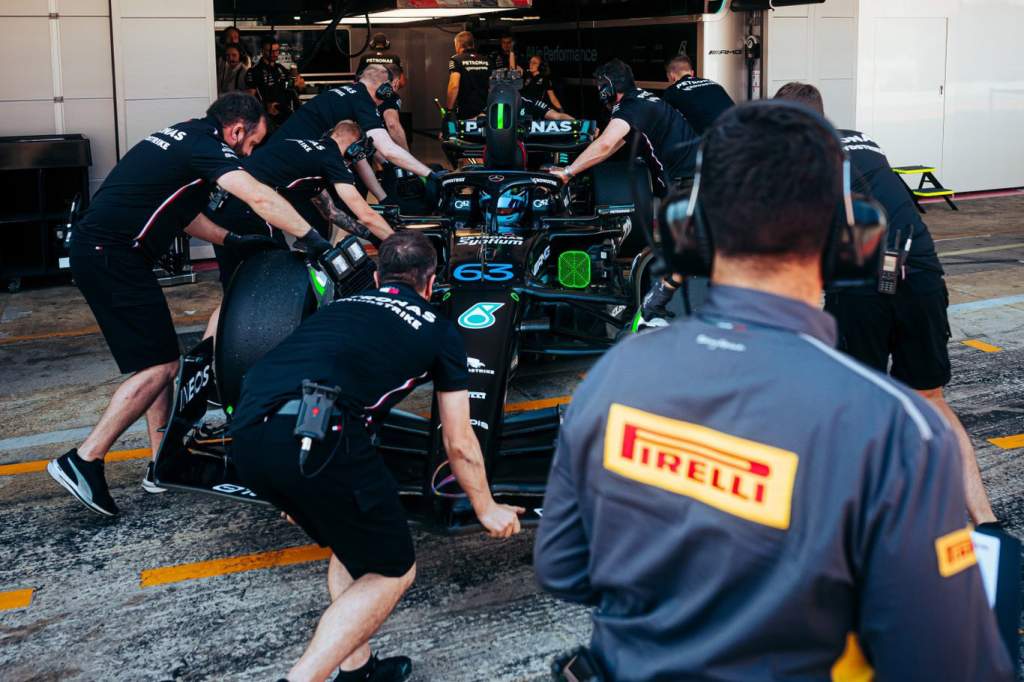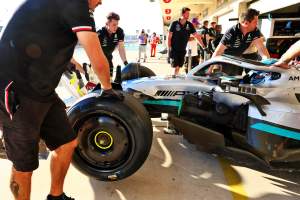Up Next

Pirelli insists its prototype blanketless Formula 1 tyres are raceable despite Mercedes driver George Russell raising safety concerns about pressing on with the possible tyre warmer ban in 2024.
The plan to remove tyre warmers from F1 – primarily on environmental grounds due to the energy required to run the tyre-heating blankets – is on hold awaiting the outcome of further track testing and a teams’ vote.
Russell participated in the recent Pirelli tyre test at Barcelona that focused on development of the rubber and said on Thursday that “I don’t think we as a sport are at a position to bring these tyres into a racing scenario”.
His rationale was that while high track temperatures allowed quick tyre warm-up at Barcelona, with Russell saying they were in the right operating window by Turn 5, he is concerned about safety in cooler conditions.
Based on his experience of the tyres in winter tests, Russell said crashes would be inevitable on out-laps in cooler weather and said he feared for the safety of mechanics in the pitlane.
But Pirelli’s F1 chief engineer Simone Berra described the Barcelona test as “positive”.
There is one more test scheduled at Silverstone next month before a possible vote that could lead to the ban on all forms of tyre warmer being introduced in 2024 having previously been put on hold in February.

“We consider the tyre raceable because otherwise we would not have proposed it for the evaluation,” said Berra when asked by The Race about Russell’s comments.
“Yes they are raceable. The first sector could be tricky but apart from that it’s OK.”
Berra argues that drivers will just have to adjust their approach to the first part of out-laps should the ban on tyre warmers go ahead next year.
He is adamant that testing has shown no reason to be concerned about safety either for those working in the pitlane or those on track.
“Obviously drivers need to think about the fact that not using the blankets is different than today, so they need to approach the out-lap in a different way,” said Berra.
“In cold conditions, it could be trickier to bring the tyres up to temperature but it’s just a matter of doing the first portion of the lap [cautiously].
“In the first sector, generally we can see much more difference compared to other sectors because already sector 2 and 3 are in line with the laptimes with the blankets, so it’s just a matter of managing the first few corners.
“But in terms of safety, I don’t see from the data any specific risk.
“You need to change the way you are driving in the first lap, you have to adapt the driving style to protect the tyres because you can generate graining if you push too much in the first corners and the tyres are not up to temperature.
“I respect driver opinion, that’s for sure, but obviously there will be differences compared to the old product and the [current] tyre management.”
Berra was positive about the feedback received from Mercedes and Ferrari, which also ran in the test.
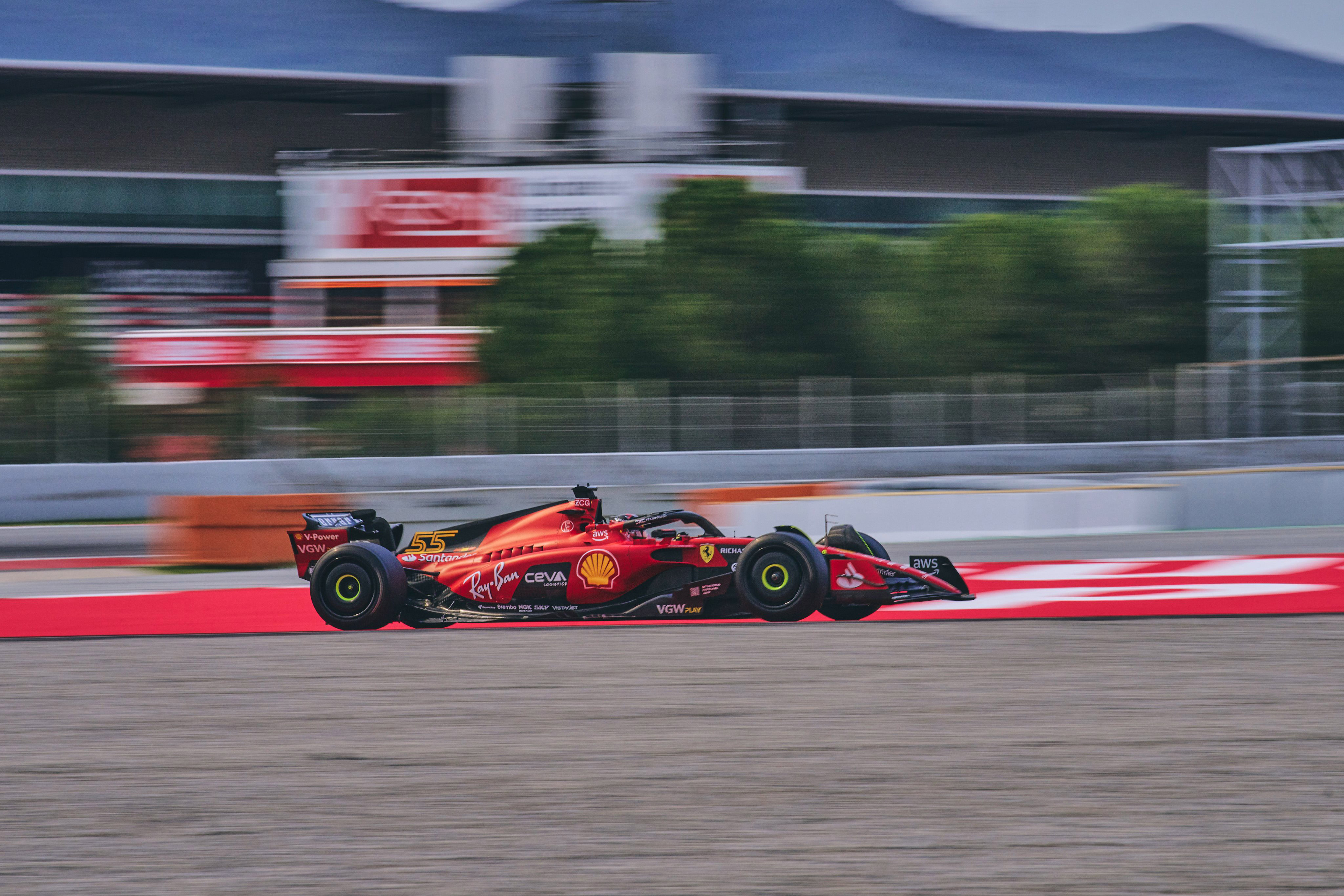
He said Mercedes, which ran in the first test this year of the 2024 development tyres at Jerez, held in low temperatures, was particularly useful in recognising the progress made.
“We had some good feedback from both Mercedes and Ferrari,” said Berra.
“Mercedes did the first test at the beginning of the year and this test now and they have seen a quite important improvement in terms of development path. So we are going in a good direction.
“The structure worked quite well. We are now focused a little bit on compounds looking to Silverstone, especially the hardest range of the compounds.
“But in terms of general performance, the no blankets worked well considering that we didn’t have high track temperatures both days.
“But Barcelona is a high-severity circuit, so this is helping a little bit the warm-up phase because you have high-speed corners with high loads. So moving towards Silverstone, let’s see what conditions we have in terms of track temperatures probably lower than Barcelona. This could be valuable for the warm-up phase with no blankets.
“But we are quite confident that we will reach our target for Silverstone and then we will propose to the teams our product. Then let’s see the final evaluations.”
What happens now
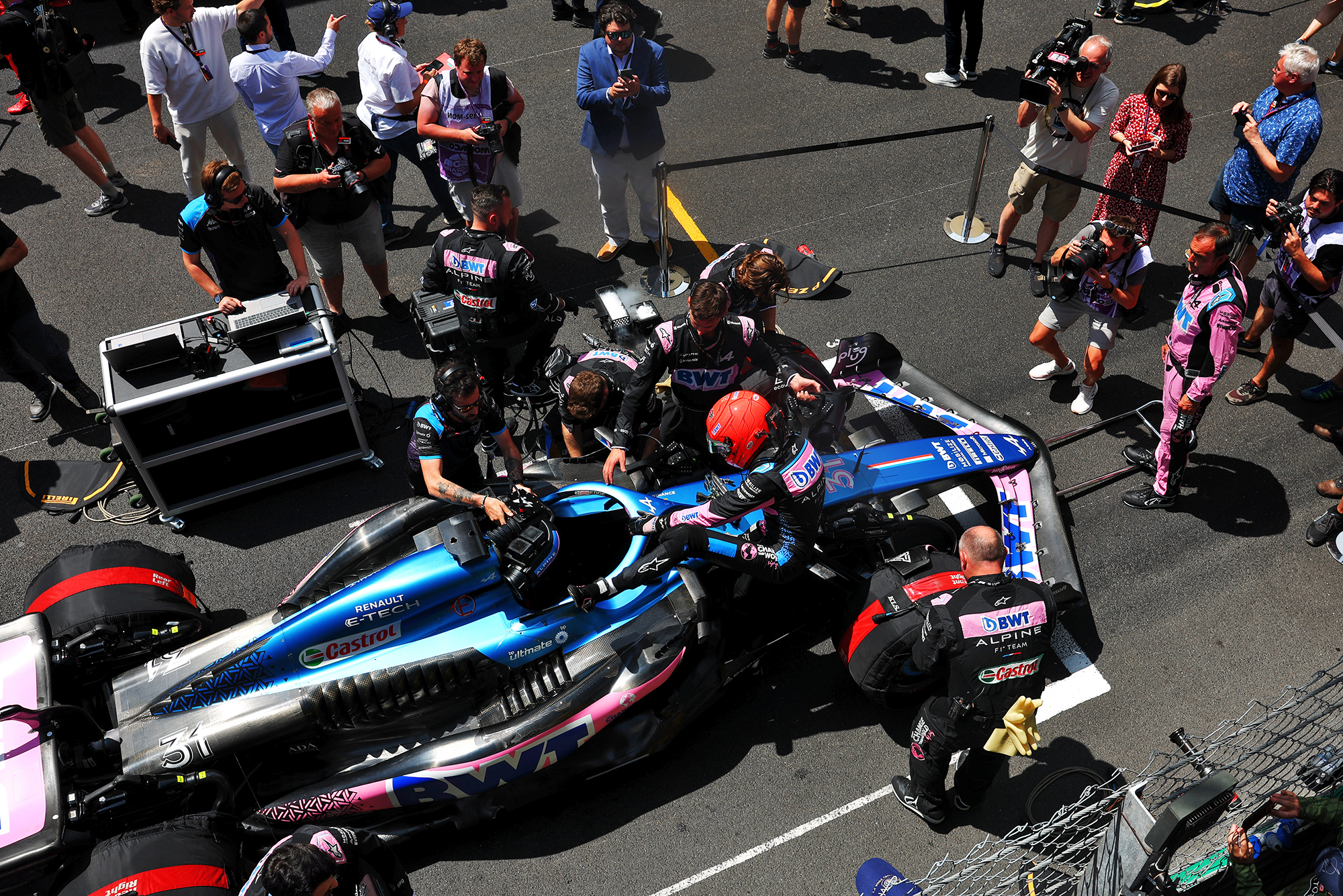
The ban on tyre warmers is clearly a politically-charged topic.
Many drivers have criticised it but it will all come down to how the teams vote. Should Pirelli and the FIA propose a vote on reactivating the on-hold ban for 2024, it will require just five teams to vote in favour.
The Silverstone test next month will be the next step. The vote, which must happen before the end of July, could then decide if the tyre warmer ban goes ahead.

Pirelli is confident it can deliver and F1 and the FIA are keen the ban happens, but many drivers are sceptical.
What really matters is the teams.
Mercedes technical chief James Allison echoed his driver Russell’s stance that the tyres weren’t ready yet, despite Pirelli’s suggestion the team itself had been positive.
“I’d say that the early look at running without blankets, it’s not exactly a done deal to think that that’s going to be a good thing next year,” said Allison on Friday. “I’d say there are plenty of challenge to make that work.”
Red Bull technical director Pierre Wache questioned the reasoning for the ban on tyre warmers, saying there were ways the process could be made more energy efficient, and said the focus on initial warm-up wasn’t the only problem.
“There is a chance, yes,” he said when asked about the prospects of the ban going ahead.
“When we look at the data available to us from the other teams testing the tyres, we will have maybe a better feeling. We have the certain vision about how to warm the tyre, that electrical power is a little bit more efficient than burning fuel for it, but that is my own feeling and vision.
“The main problem from a tyre perspective is more the pressure evolution during a stint. That is something we will see when we test it. Then we will have a better view on that.”
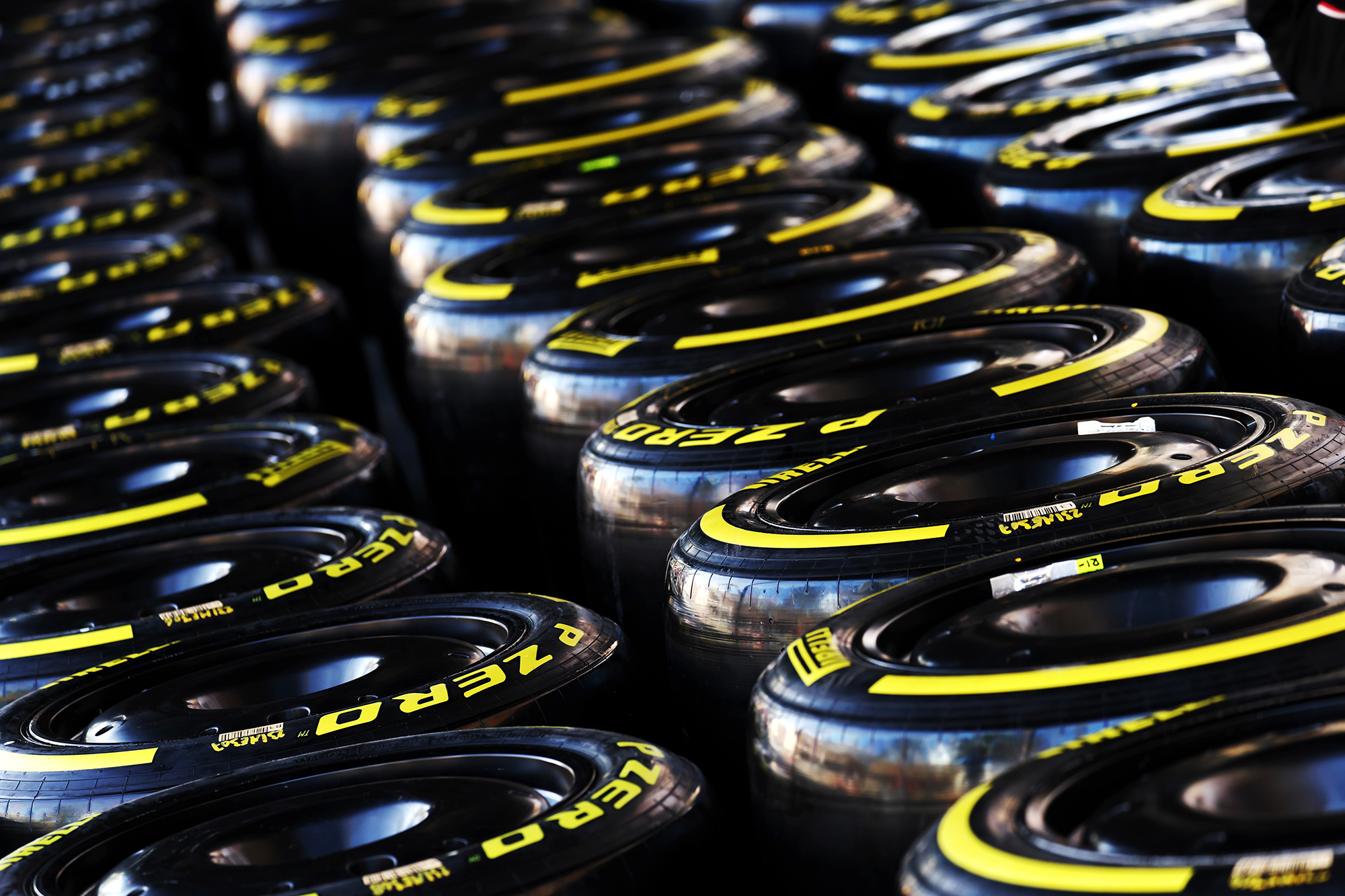
His counterpart at Aston Martin, Dan Fallows, was more enthusiastic about the proposal.
“The overarching idea of it is sound,” said Fallows. “There is a great push towards sustainability in F1 and making sure that we don’t have to carry excess baggage around the world and use more energy than we absolutely have to. So I think it’s absolutely laudable what they’re doing.
“The idea is absolutely sound in terms of the technical aspects of it. It’s a vision that the FIA had, and it’s something that Pirelli needs to do from their point of view.
“We’re very supportive of the idea of it. It’s obviously just a technical challenge, which we need to play our part in helping out to see whether we can achieve it.”


